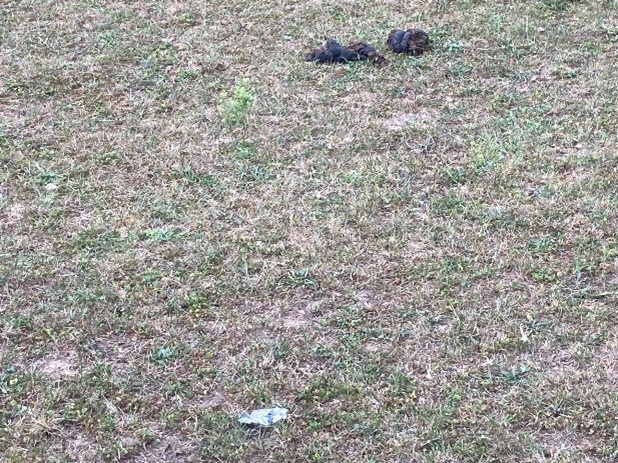
What a weather transition has occurred in the last month! Hay harvest, and corn and soybean planting were extended because of rain that seemed to be happening every third to fourth day.

What a weather transition has occurred in the last month! Hay harvest, and corn and soybean planting were extended because of rain that seemed to be happening every third to fourth day.
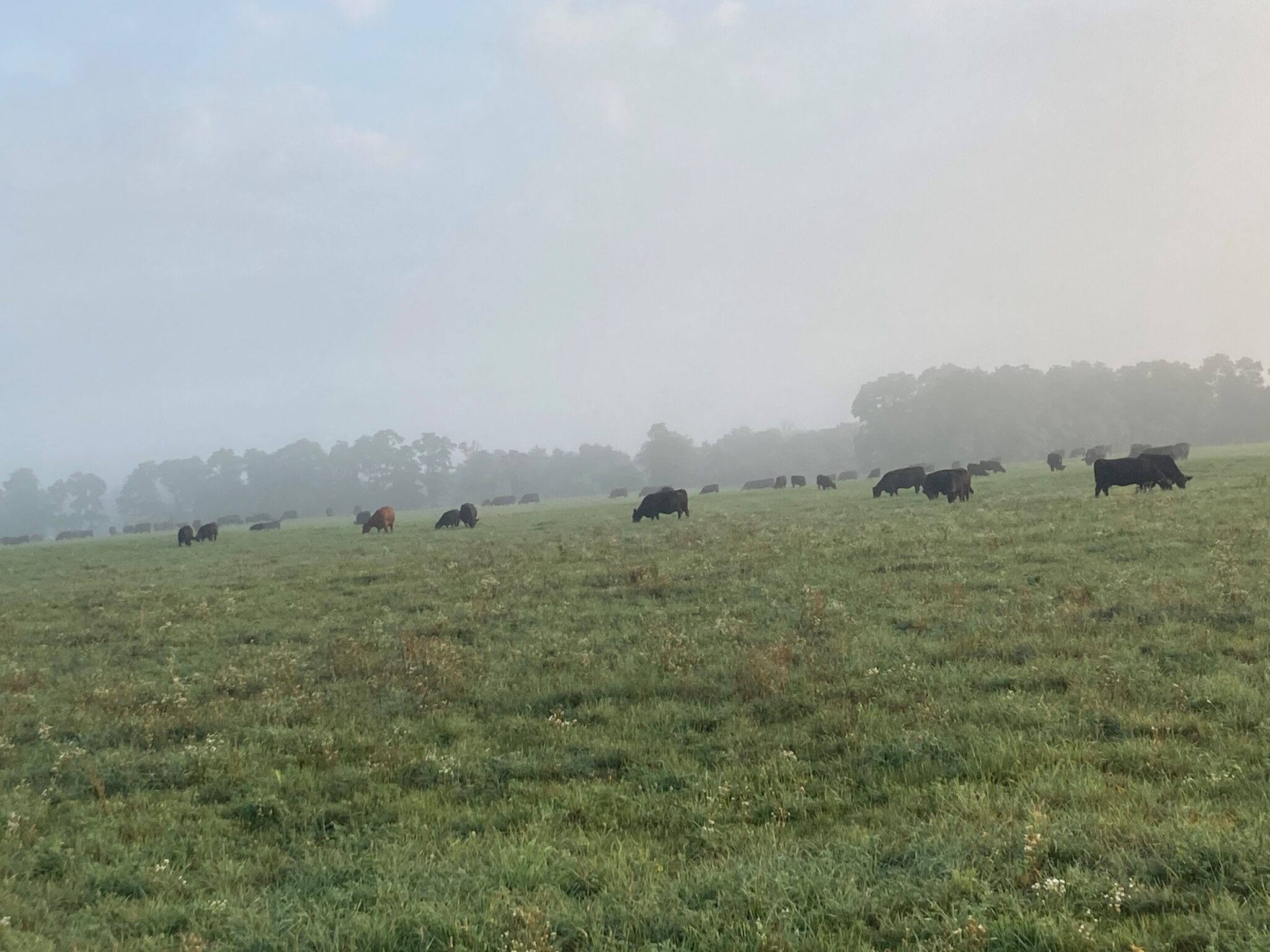
Water quality, recreation, livestock, and food security will all be in the spotlight next week with the celebration of National Forage Week June 16-22.

Taking large round and large rectangular bales and wrapping them with white plastic to make bale silage (baleage) has become a common practice.

Purple Corn: purple corn symptoms (Image 1) are caused by the accumulation of a purple pigment in the corn leaves known as anthocyanin.

You better not feed yew to the ewe (and other livestock) In memory of livestock that met “Their Maker” because they ate yew. It’s that time of year when the yew (pronounced like the letter “U”) is likely in need of a trim to look best as a landscaping plant. Yews have been used as a common landscaping shrub or small tree for decades. They have closely spaced, glossy, rather tough, dark green, linear pointed-end leaves that are 1.5 – 2 inches long. Hard-to-see male and female flowers are found on separate plants and form fleshy red to yellow fruits that contain a single seed. Many plants have poisonous compounds that can cause all kinds of concerns, and even death, if consumed. The interactions that I have had with veterinarians, suggest that the yew is right at or near the top of plants that cause livestock death. A disheartening scenario[Read More…]
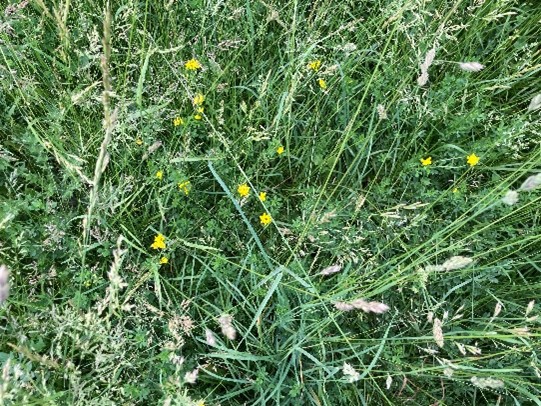
Managing pasture properly requires much skill, just like any agronomic crop. Much skill is required to do it in an “A” grade fashion because there is a livestock component to the agricultural system, too.
In this video, three different areas of a soybean field that have been subjected to extended periods of saturated soils to flooding are assessed for damage.
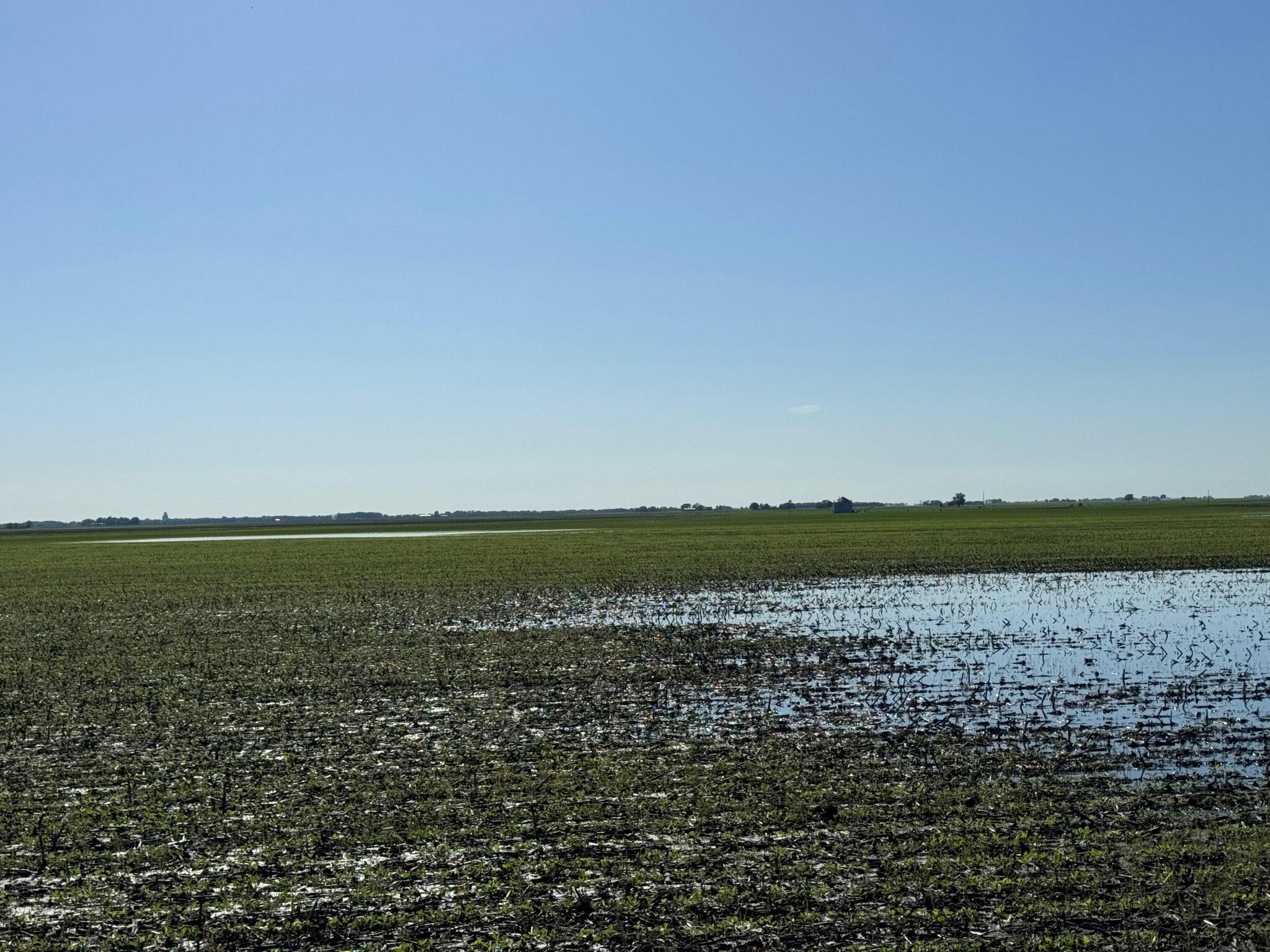
Rains have left many fields with standing water and the threat of more rain on the way. In a manner of a few miles, one field received one inch of rain and another field has received 3 inches of rain or more.
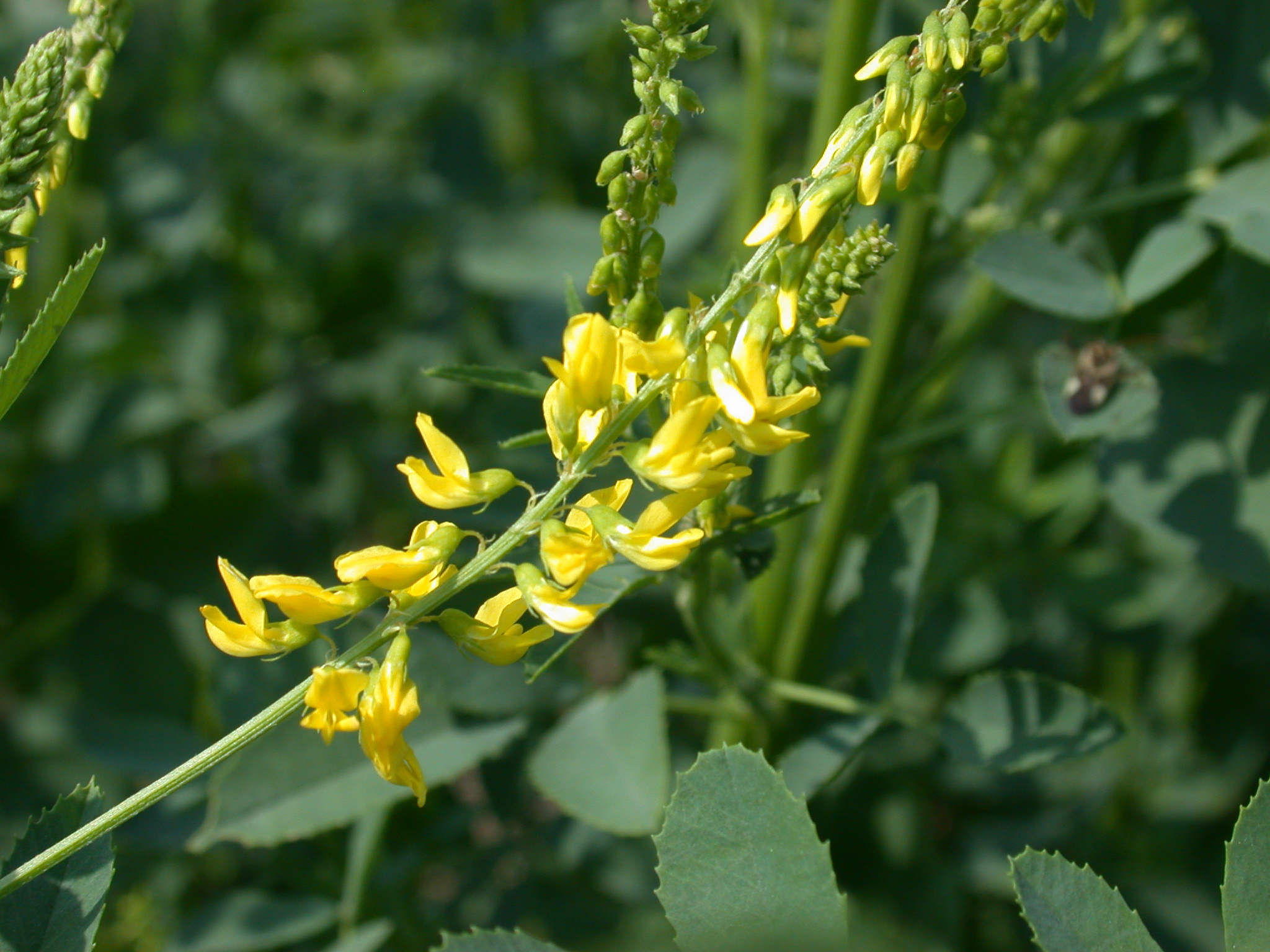
You don’t see birdsfoot trefoil in many Indiana pastures. This perennial legume is beginning to bloom now with obvious bright yellow-orange flowers.
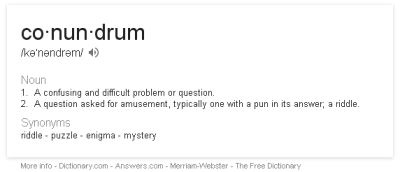
Conventional agronomic wisdom says that the prime planting “window” to maximize corn yields in much of Indiana opens about April 20 and closes about May 10. This “window” typically opens about one week later across the northern tier of Indiana counties (later warmup) and about one week earlier across the southern tier of Indiana counties (earlier warmup).
© 2026 Purdue University | An equal access/equal opportunity university | Copyright Complaints | Maintained by Pest&Crop newsletter
If you have trouble accessing this page because of a disability, please contact Pest&Crop newsletter at luck@purdue.edu.